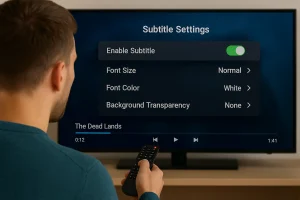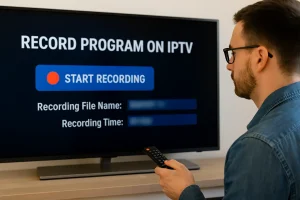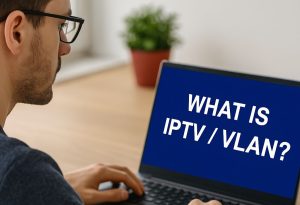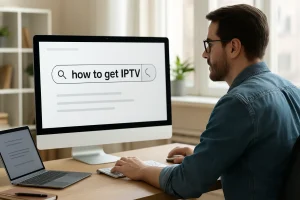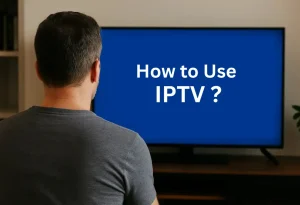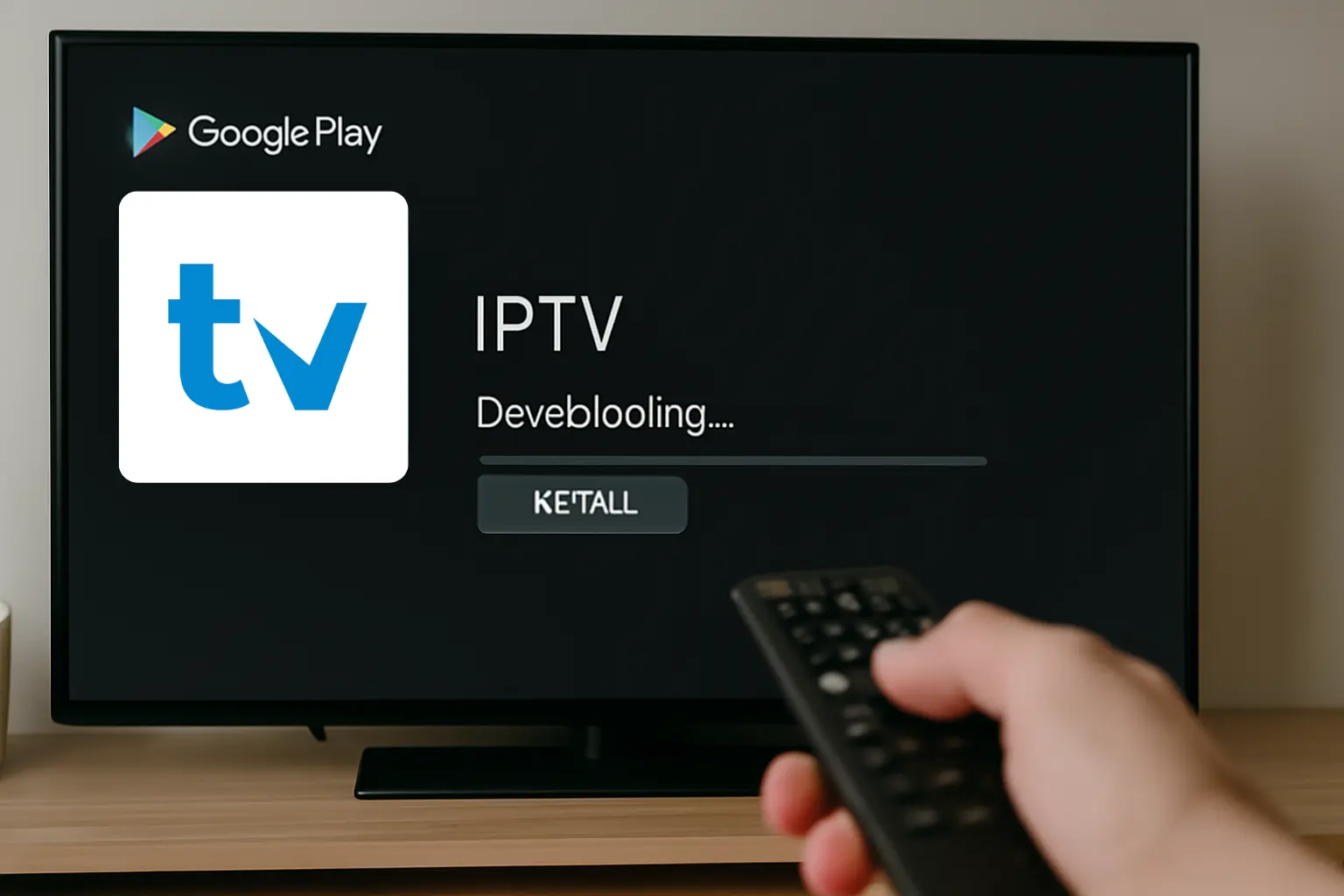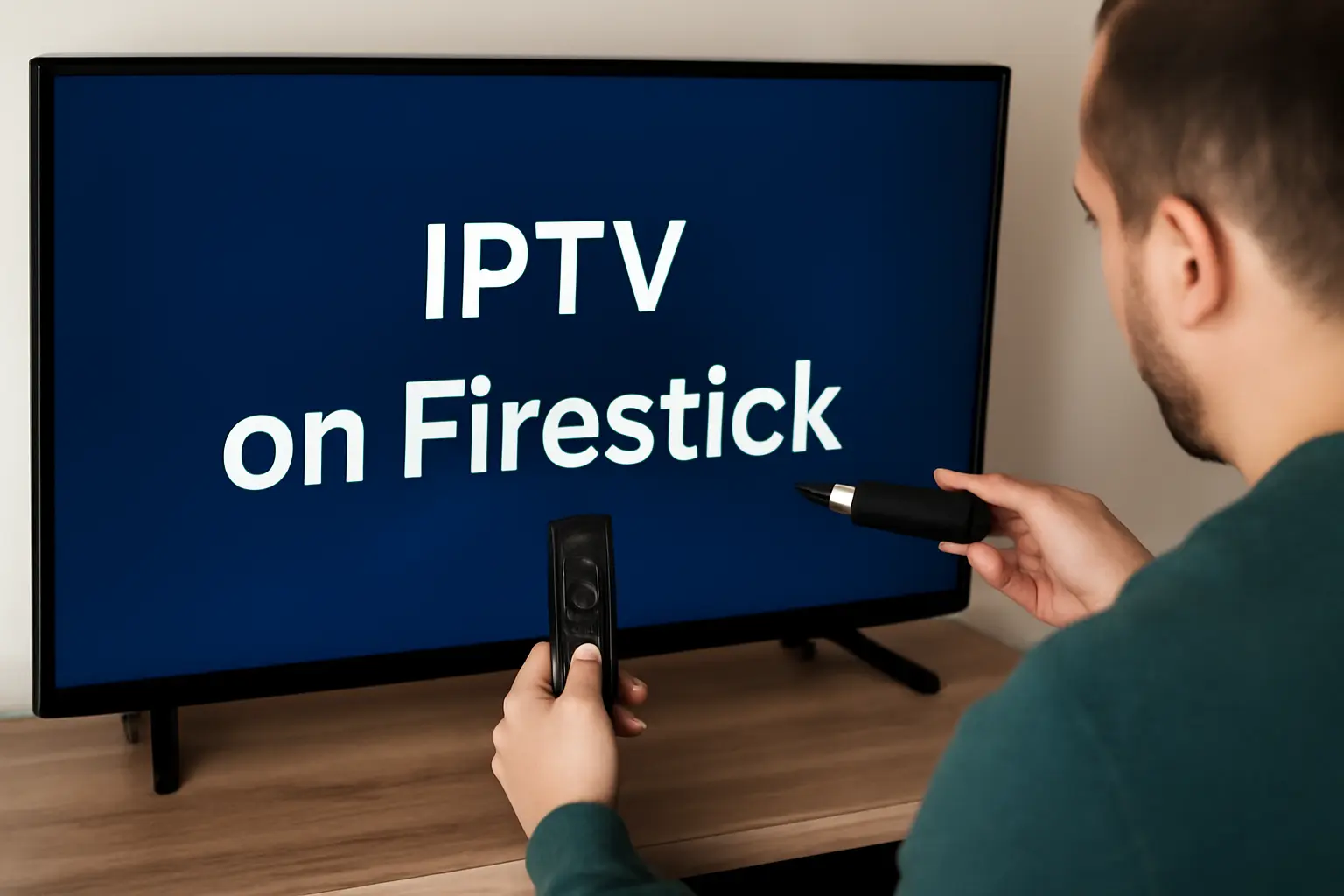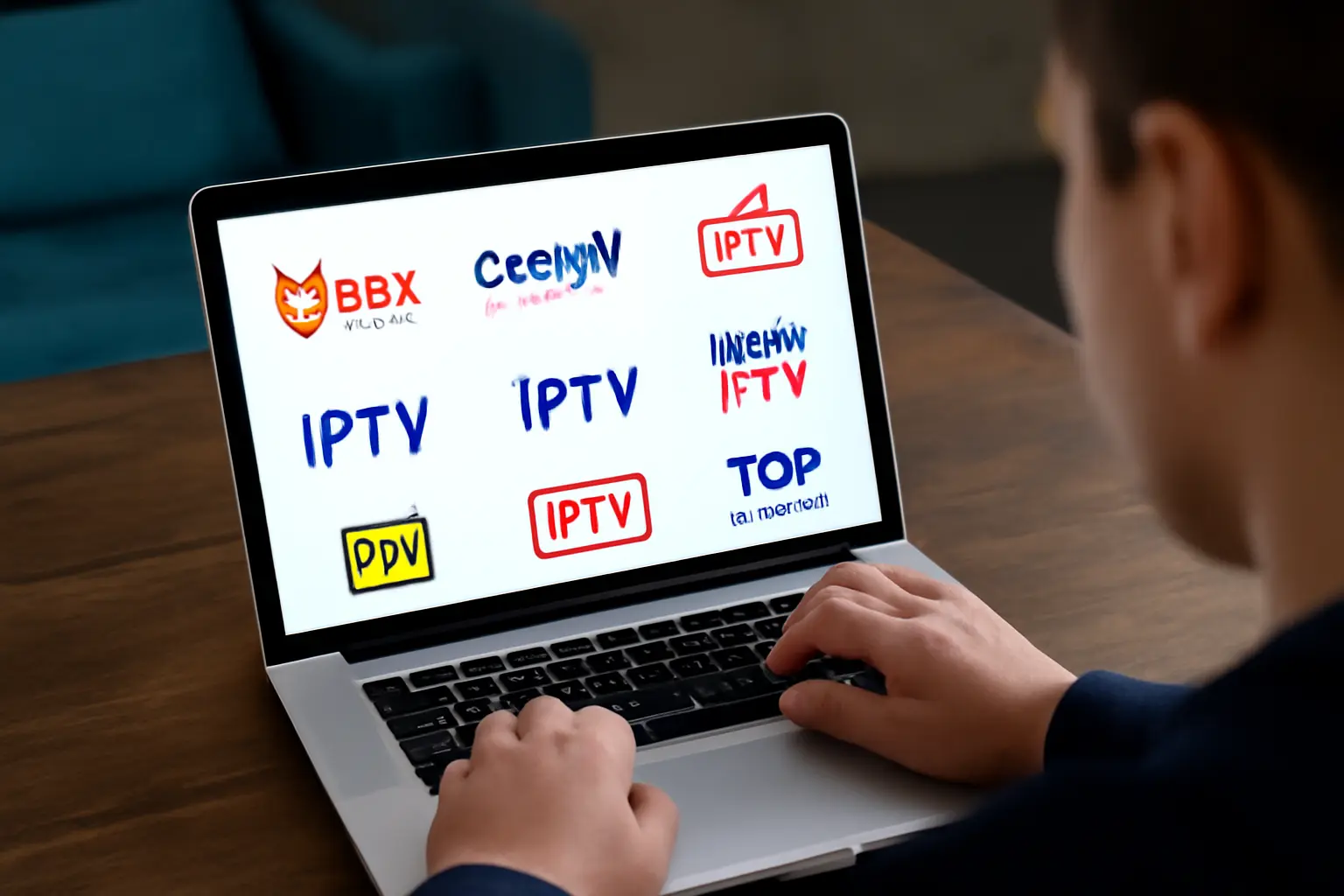You’ve encountered Internet Protocol Television (IPTV), an innovative way to stream live and on-demand video content directly over the Internet. Using advanced encoding, IPTV efficiently compresses media for delivery to devices via set-top boxes.
As mobile device usage rises, IPTV is projected to exceed $105 billion by 2029, offering flexible services like live IPTV, catch-up TV, Video on Demand, and customizable IPTV subscription options. To uncover the nuances of this evolving technology, there’s more knowledge waiting for you.
Understanding IPTV Basics
While traditional broadcast methods have been the cornerstone of television for decades, IPTV, or Internet Protocol Television, represents a paradigm shift in content delivery by utilizing Internet protocol (IP) over managed networks.
This technology facilitates the transmission of media content, including video on demand (VOD) and live IPTV, through broadband Internet. Core components include diverse content sources, which provide live channels and on-demand videos. These are encoded by systems that compress data and are then distributed via dedicated servers.
To access this myriad of streaming services, users typically utilize set-top boxes or compatible devices, ensuring a seamless experience.
How Does IPTV Work?
IPTV (Internet Protocol Television) is changing the way we consume entertainment by delivering TV content over the internet instead of traditional cable or satellite. Here’s a simple look at the core technologies and components that make IPTV work:
- IPTV management software enhances user experience by making it easy to browse, select, and stream content.
- IPTV transforms traditional TV by using internet-based delivery for both live channels and on-demand content.
- Content is compressed using codecs and transmitted via managed networks, ensuring fast and reliable streaming.
- Viewers watch IPTV through set-top boxes or compatible devices, which connect to streaming servers to load the content.
- Flexible viewing options include Live IPTV and Video on Demand, offering a personalized experience.
- A stable internet connection is essential for smooth playback and high-quality viewing.
Different Types of IPTV Services
Building on the technological processes behind IPTV, it’s important to understand the various types of IPTV services available.
IPTV services can be categorized into three main types, each offering unique experiences.
- Live IPTV: This provides real-time broadcasting of IPTV channels, ideal if you enjoy watching events as they unfold, similar to traditional television.
- Time-Shifted IPTV: Often called catch-up TV, this allows you to watch previously aired programs, offering flexibility in viewing schedules.
- Video on Demand (VOD): This service grants on-demand video access to an extensive library, letting you watch content whenever you choose.
Subscription-based IPTV services typically bundle these offerings, creating a comprehensive package that caters to diverse viewing needs, combining real-time, catch-up, and on-demand options in one seamless experience.
The Future of IPTV and Emerging Trends
The IPTV market is on a growth trajectory, projected to surpass $105 billion by 2029, fueled by digitalization and mobile devices.
Subscription-based services will likely dominate as viewers demand flexible, on-demand content.
Expect hybrid IPTV solutions to bridge the gap between traditional and IP-based services, easing the transition for users.
Live IPTV and catch-up TV services are set to become mainstream, driven by the desire for real-time content consumption.
- IPTV market growth: Surpassing $105 billion by 2029.
- Subscription-based services: Increasing demand for on-demand content.
- Hybrid IPTV solutions: Merging traditional and digital services.
- Live and catch-up TV: Rising popularity of real-time and on-demand offerings.
Frequently Asked Questions
How Does Internet Protocol TV Work?
IPTV technology relies on video compression and network requirements to ensure stream quality and content delivery. Your user experience depends on device compatibility, channel availability, and subscription models, with future trends enhancing IPTV’s efficiency and accessibility.
What Does IP Mean on TV Channels?
When you see “IP” on TV channels, it denotes IPTV, where advantages include flexibility and interactivity. However, limitations like dependency on internet quality exist. Providers offer subscriptions for streaming on various devices, leveraging advanced IPTV technology and features.
Is IPTV Worth Paying For?
Consider streaming benefits, channel variety, and content quality. Compare subscription plans’ costs, device compatibility, and technical requirements. Analyze user experiences and market trends alongside customer support for informed decisions.


